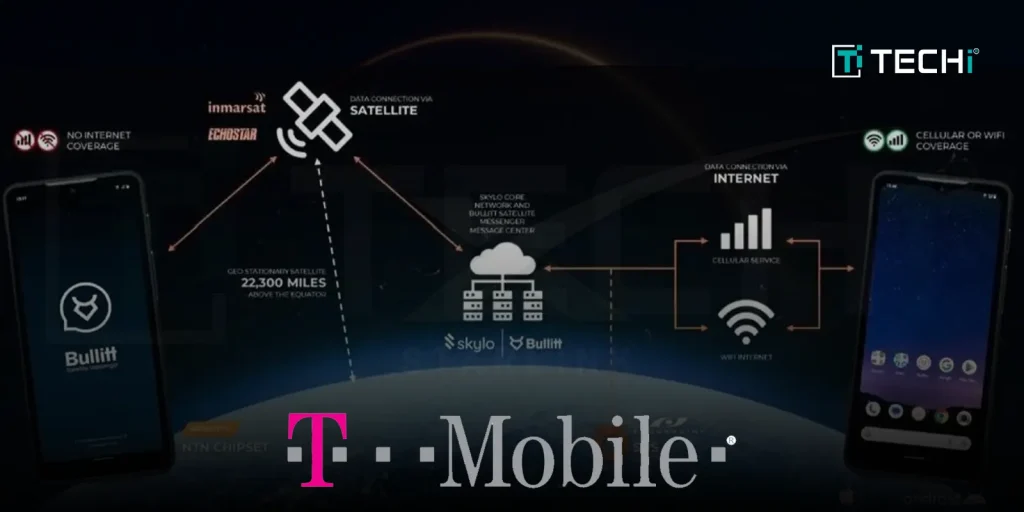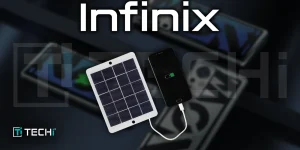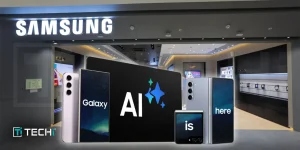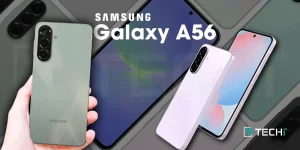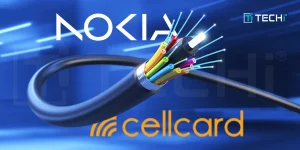For several years, mobile dead zones were an unavoidable source of annoyance, whether it was on the hike in the mountains, a drive on those long rural highways or standing alone in one of the most peculiar corners of a house where calls mysteriously drop. Thanks to T-Mobile and SpaceX’s Starlink, the two companies have now officially launched widespread testing of their satellite-to-cell service that aims to push mobile access to even the remotest locations. If you text “HELP” from a remote island and no one replies, at least you’ll know it’s personal.
Game-Changer and edge in the Wireless Market:
T-Mobile, last Sunday launched a beta trial of the satellite service to allow such customers to send text messages via satellite. The company will make the service available for free to beta testers until July, after which it will be a standard offering in T-Mobile’s premium plan, Go5G Next, with no additional charges. Other T-Mobile customers can opt into the service for an additional $15 per month after the launch this summer.
Company estimates that about 500,000 square miles of the U.S, previously unreachable by traditional cell towers, will stay connected. Text messages are the first step, voice and data capabilities are expected to follow, hence eventually keeping the uninterrupted mobile coverage alive. Its market partner has given T-Mobile a competitive edge in relation to its competition.
This aspect also connects T-Mobile to other smartphone manufacturers such as Apple and Google to integrate the satellite connection capability into the operating systems. As Mike Katz, T-Mobile’s president of marketing, strategy and products, said, “T-Mobile has been working closely with Apple and Google to ensure that this experience is integrated directly into their OS (operating system), and this will be the default satellite system across both of those phones”.
He emphasized on the service’s performance on nearly all smartphones of the last four years, indicating no need for new devices or specialized hardware. Katz said, “This is something that nobody else in the U.S. has done, and one of the big distinctive things this network has is that it works across almost all smartphones from the last four years”.
T-Mobile has also opened its satellite service to rival customers, specifically those from AT&T and Verizon, without the requirement of switching networks. Katz said, “Customers who sign up for the trial will get a 33% discount when the service is commercially launched”. It seems that this could mark a paradigm shift in the way telecom companies will require cross-network cooperation on improvements in infrastructure.
Future of Satellite-Enabled Mobile Networks:
Satellite technology is the next frontier that mobile networks compete for as they strive to achieve universal connectivity. While T-Mobile and Starlink are taking the lead, the vision of customers of the extinction of “no service” zones will be a reality in the future. The trial invitation gives customers a glimpse of the future when portable companies will no longer be limited to cell towers but would attain a vast reach of a limitless space.
